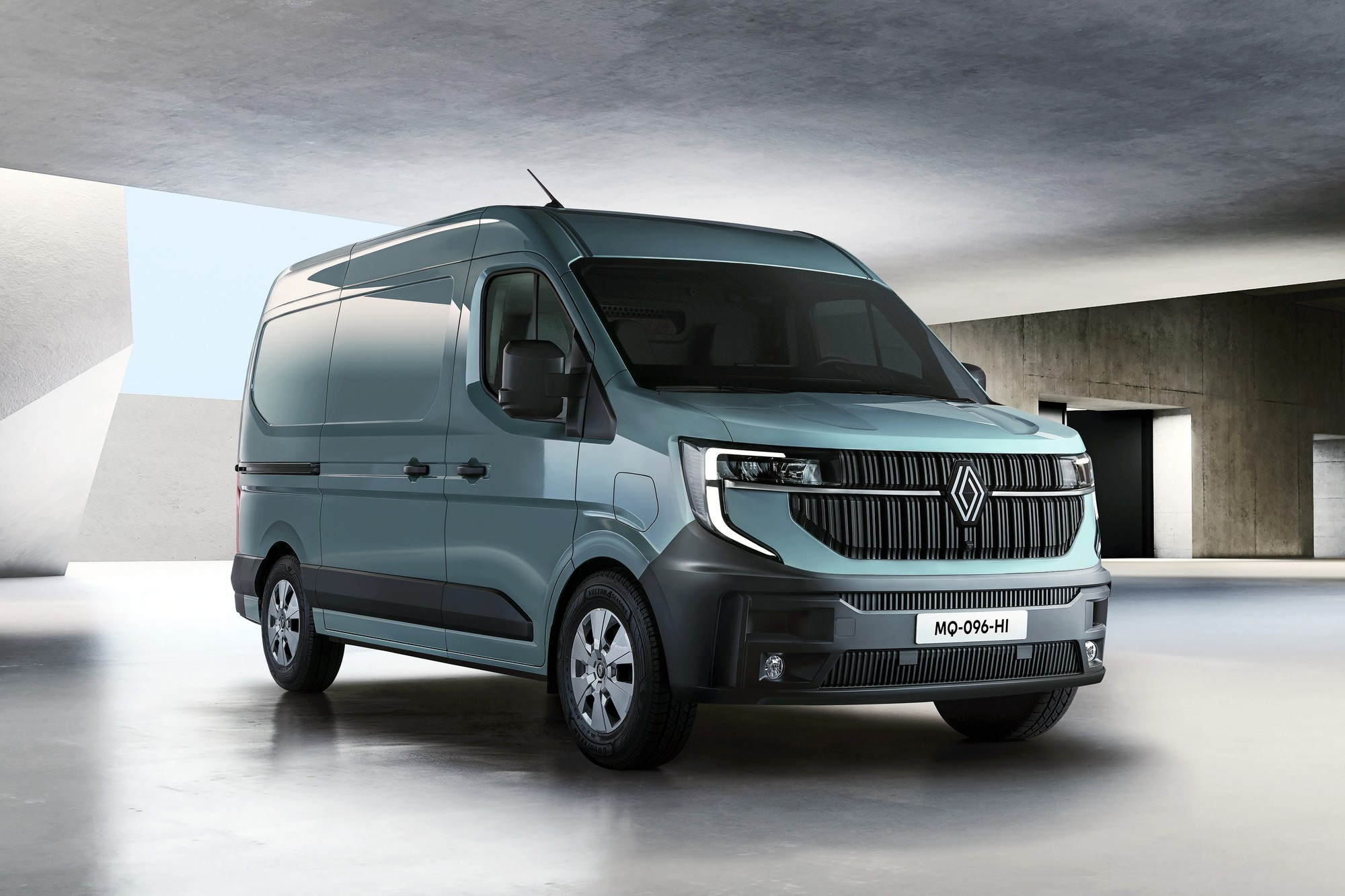
Renault presented the fourth generation of the large Master van at the Solutrans commercial vehicle exhibition in Lyon, France; its sales will begin in the spring of next year.
In the segment of large commercial vans, generational changes rarely occur: the “first” Renault Master debuted back in 1980, the second generation was released in 1997, the third generation Master entered the market in 2010 and is far from the oldest model in the segment — current The third generation Fiat Ducato has been in production since 2006 and is not going to retire yet, as well as its clones under the brands Citroen, Fiat, Opel/Vauxhal, Peugeot, Ram and Toyota, and the clone from Toyota is completely fresh, its premiere took place last week .
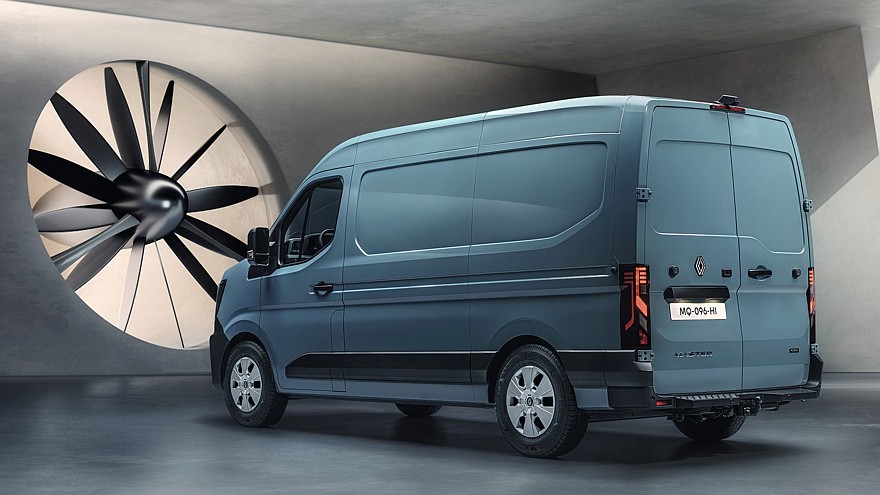 1/3
1/3  2/3
2/3 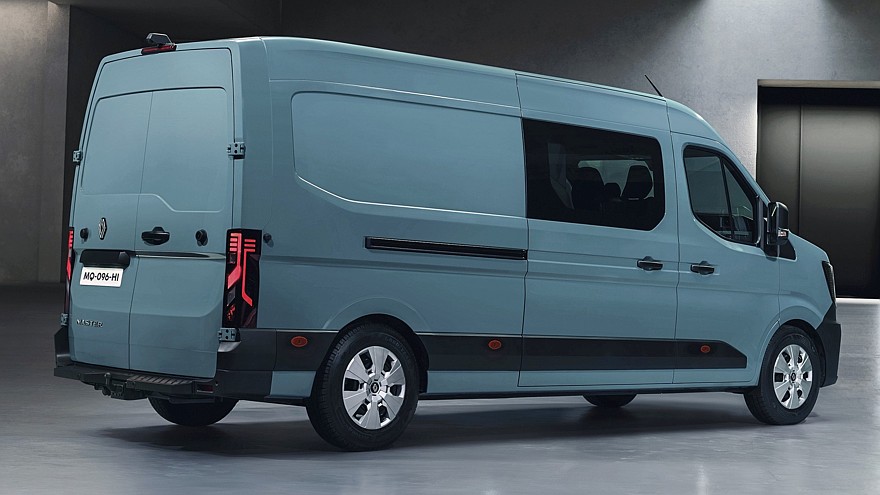 3/3
3/3
The main disadvantages of the “third” Master were one of the lowest levels of active safety in its class and the weak technical characteristics of the electric version. The fourth generation van claims to be a leader in these and other aspects of operation: in particular, 20 modern electronic driver assistants are announced for it, including AEB (automatic emergency braking system) and a trailer stabilization system.
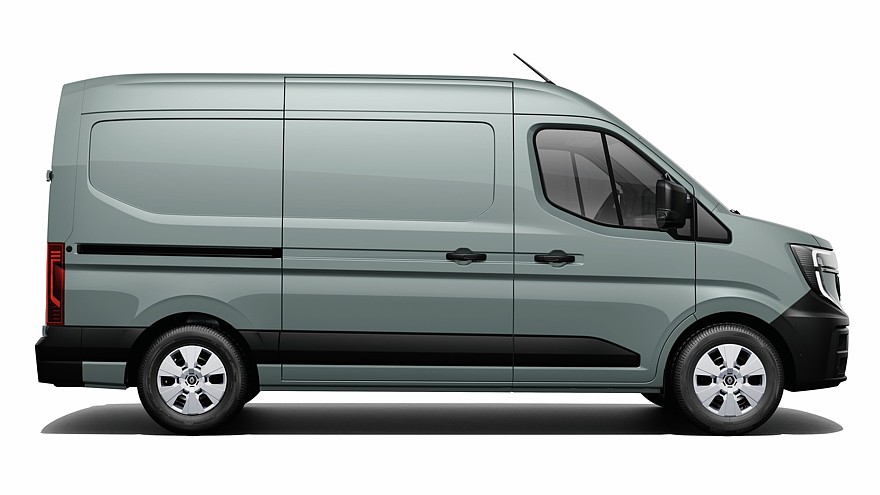 1/4
1/4 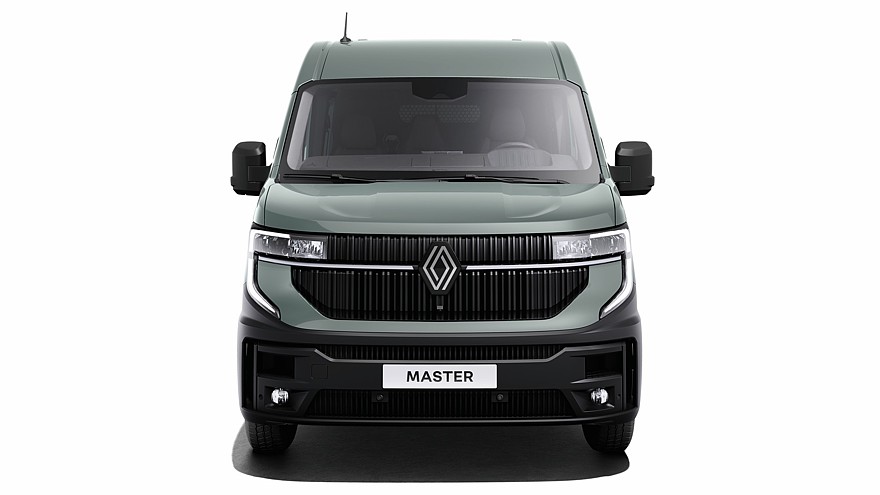 2/4
2/4  3/4
3/4  4/4
4/4
Renault calls the new Master an “aerovan” — they say its aerodynamic characteristics are among the best in the class. The stage on which the van was unveiled was designed in the style of a wind tunnel with giant fans. The manufacturer claims that the effective aerodynamic drag area Scx of the new Master is 20% less than the previous one, and significantly less than that of all direct competitors on the market, but, unfortunately, the Renault press service does not provide specific figures for comparison. Thanks to good aerodynamics, energy consumption for battery versions of the van has been reduced by approximately 20%, fuel consumption for diesel versions has decreased by an average of 1.5 l/100 km.
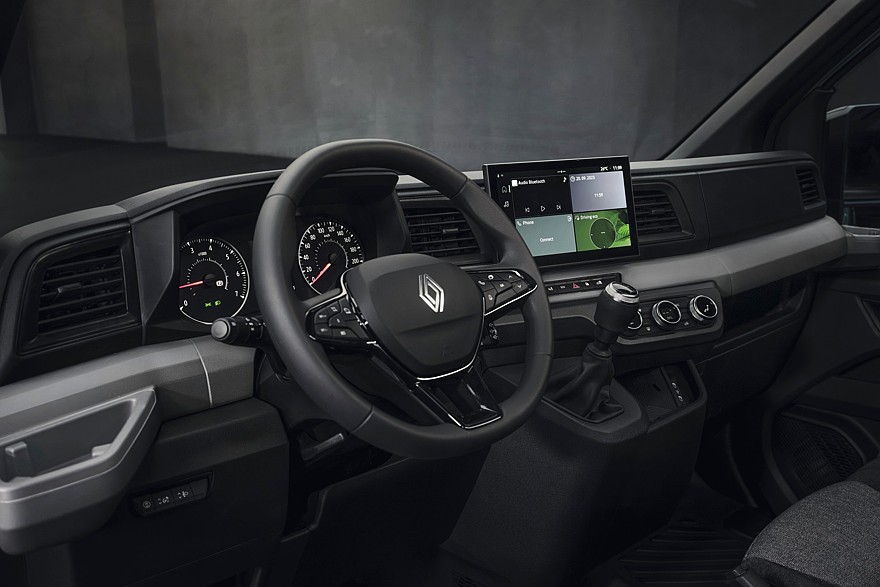 1/7
1/7 2/7
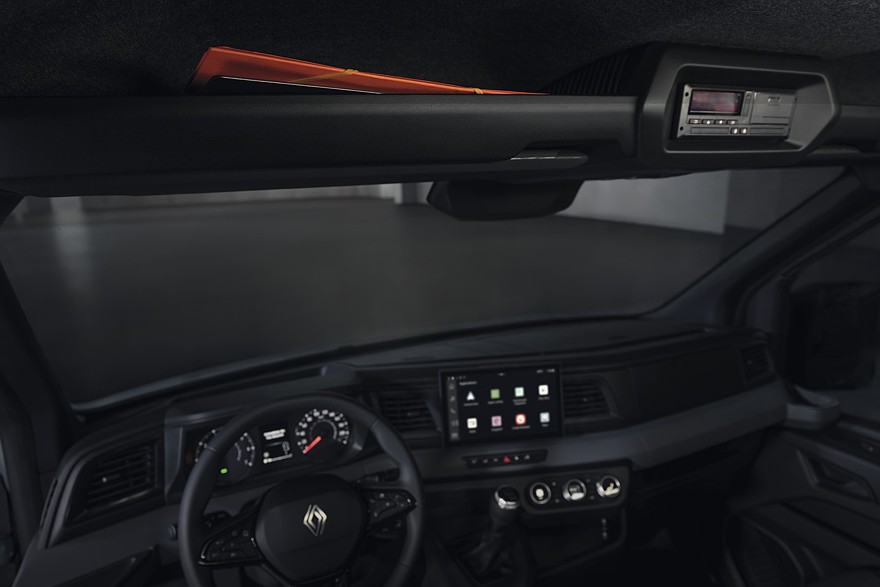 3/7
3/7 4/7
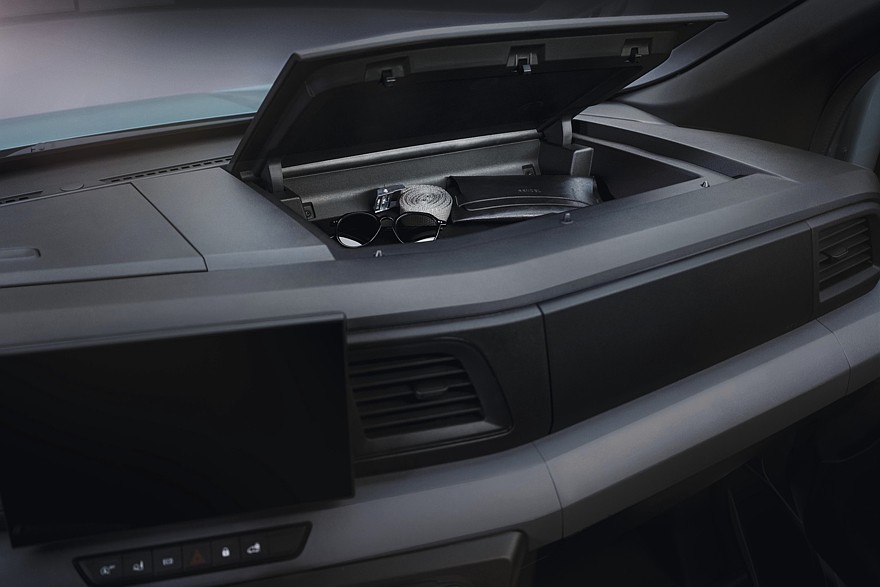 5/7
5/7 6/7
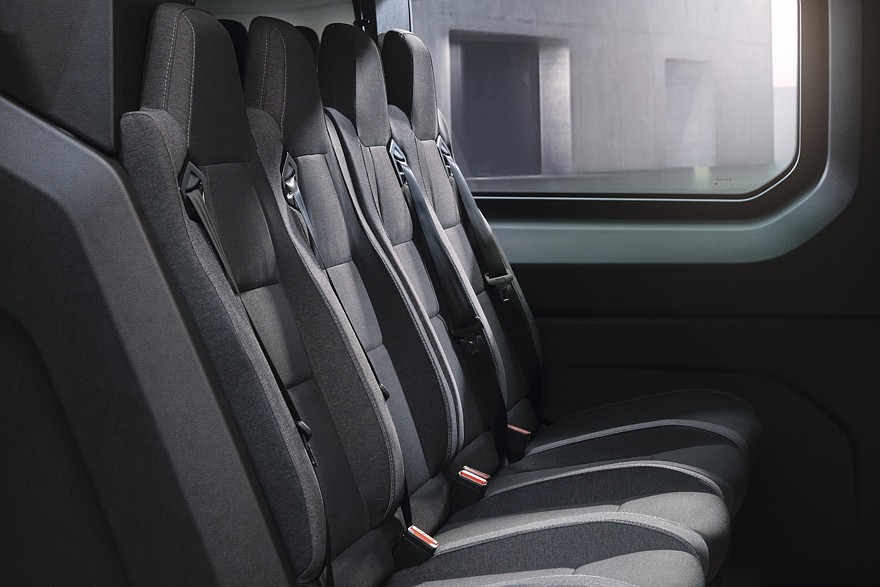 7/7
7/7
It is curious that with good aerodynamic characteristics, the design of the Master with the change of generations has become less rounded and more strict, the style is more German than French, and this statement is also true for the interior: the front panel is slightly reminiscent of that in the VW Crafter, but the “Frenchman” has it curved profile, the central part with a “floating” 10-inch multimedia tablet is turned towards the driver. The instrument panel can be completely virtual or have a classic dial speedometer and tachometer. For versions with a manual transmission, the gear shift lever is located on a ledge to the right of the steering wheel, and for versions with an automatic transmission, the selector has moved to the steering column, and it does not replace the traditional right-hand steering column wiper control lever, but is adjacent to it. To store small items in the cabin, there are various pockets, niches and drawers, the total volume of which is 135 liters (25% more than the third generation Master).
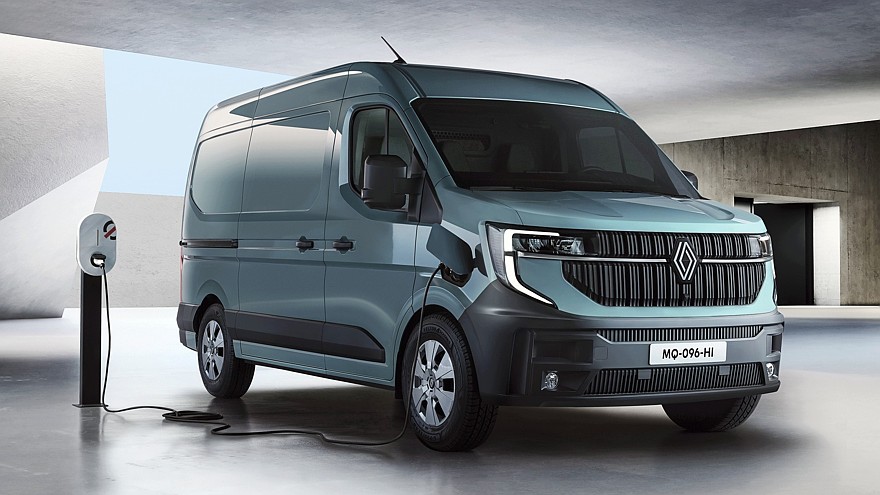
The electric version of the new Master is equipped with a single motor on the front axle, its maximum output is 105 kW (143 hp) and 300 Nm. The battery capacity is 40 or 87 kWh, the estimated range on one charge is 180 and 410 km in the WLTP cycle, respectively. The maximum battery charging power is 130 kW, and you can increase the charge from 15% to 80% in 38 minutes. The load capacity of the electric van is 1.6 tons, the permissible weight of the towed trailer is 2.5 tons.
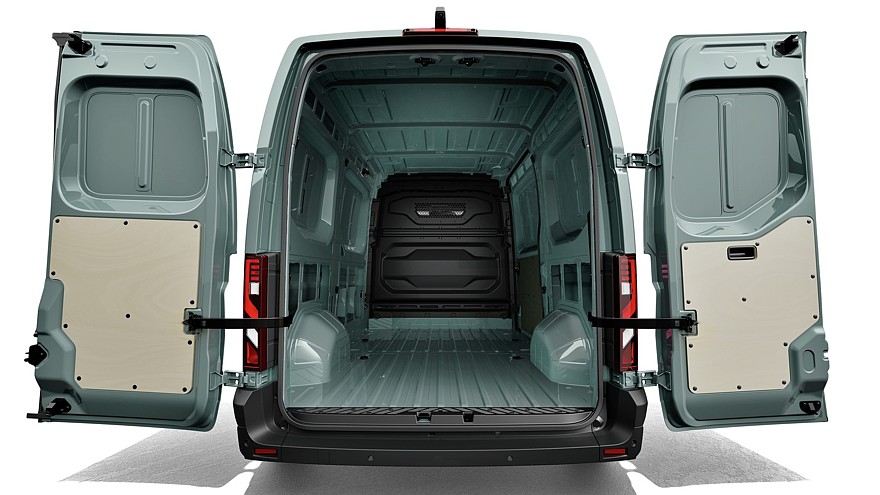 1/6
1/6 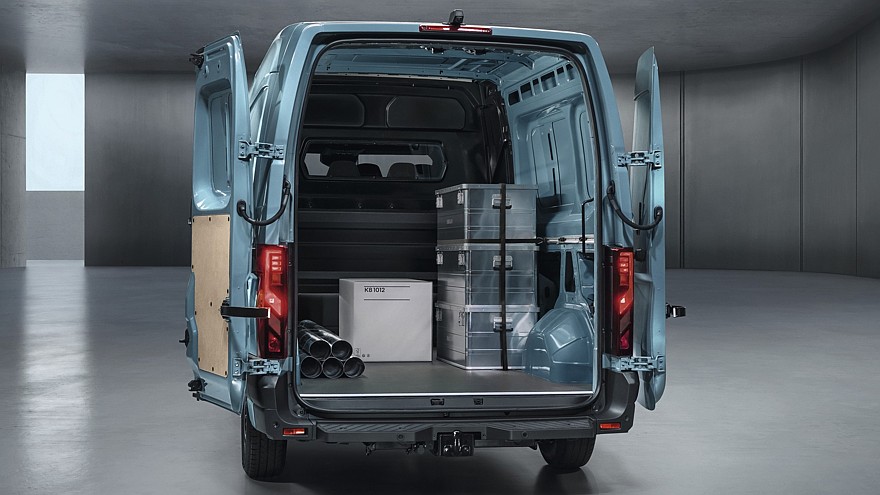 2/6
2/6  3/6
3/6 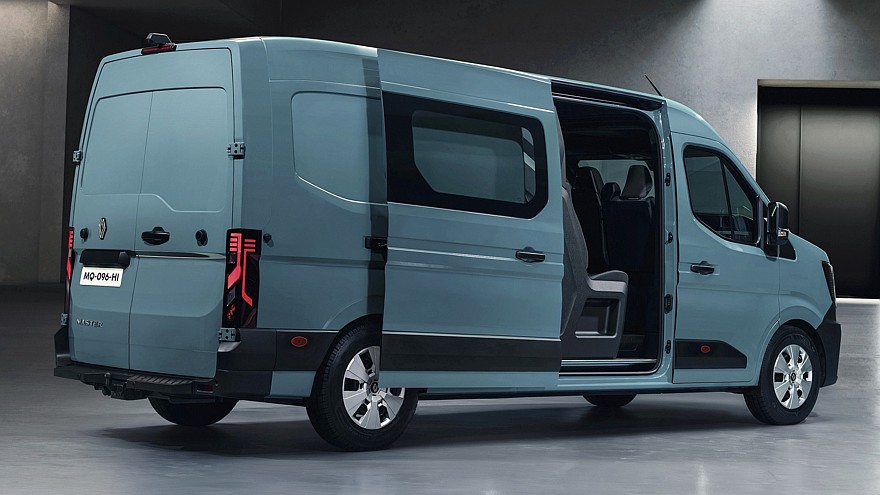 4/6
4/6  5/6
5/6 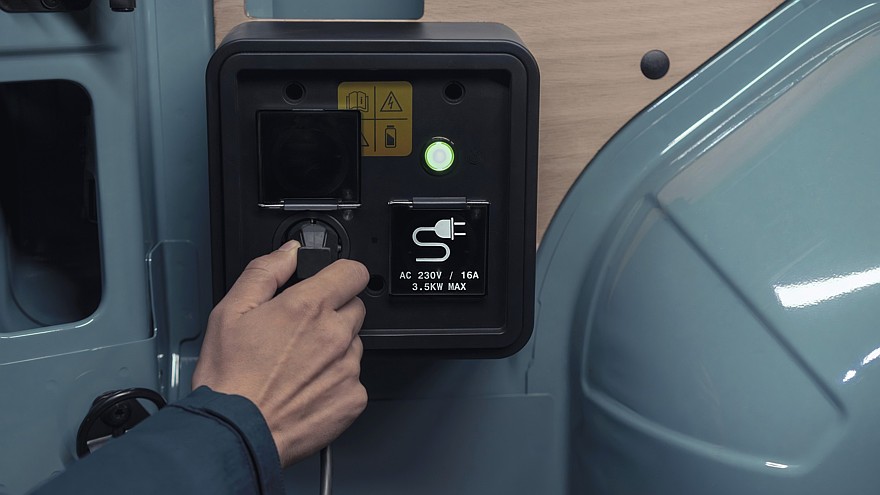 6/6
6/6
The new generation diesel Renault Master is ready to take on board up to 2 tons of cargo; the useful volume of the van body varies from 11 to 22 cubic meters, depending on the modification. There will also be chassis-cab versions for various superstructures and special equipment. The 2.3-liter turbodiesel will be offered in 105, 130, 150 and 170 hp variants. your choice of transmission is a 6-speed manual or a new 9-speed automatic. The drive is front-wheel drive only, the rear suspension is dependent leaf spring, the front suspension is independent McPherson type.
The range of the new Master, like the third-generation van, will also have hydrogen versions, but their characteristics are not yet available announced.
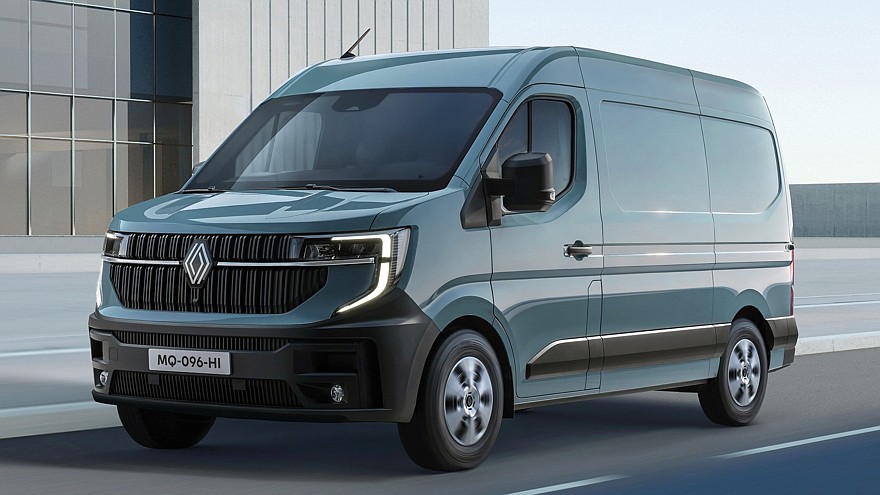 1/4
1/4  2/4
2/4 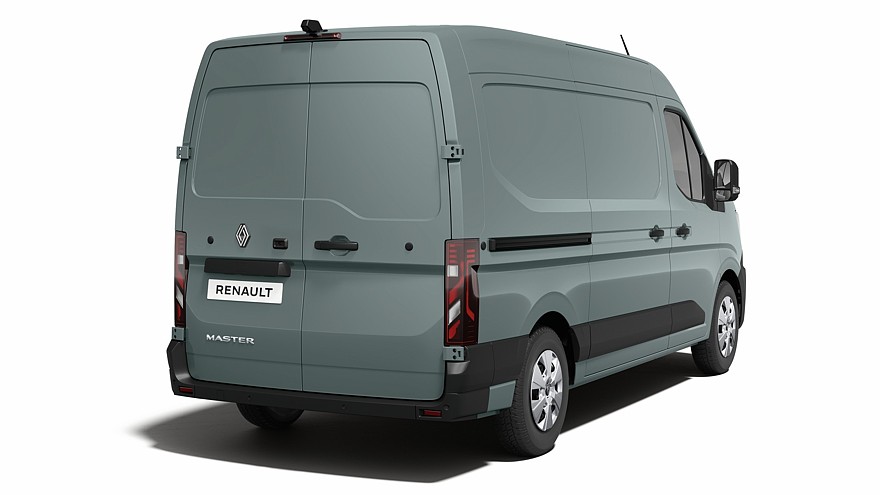 3/4
3/4  4/4
4/4
The new Renault Master will be produced in the same place as all its predecessors — at the Sovab plant (a subsidiary of the Renault Group) in the French commune of Batilly, which is conveniently located near the borders with Belgium, Luxembourg and Germany .
We add that in October the Renault Group and the Volvo Group announced the creation of a joint venture to develop and produce compact electric vans.









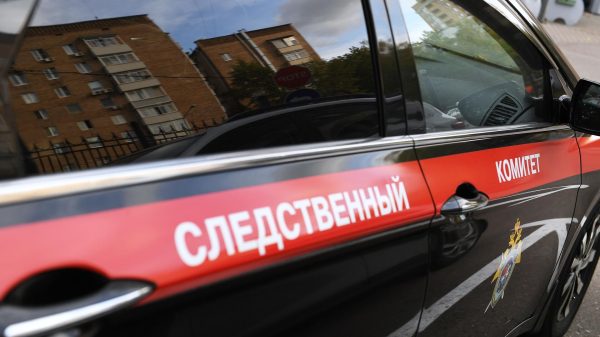
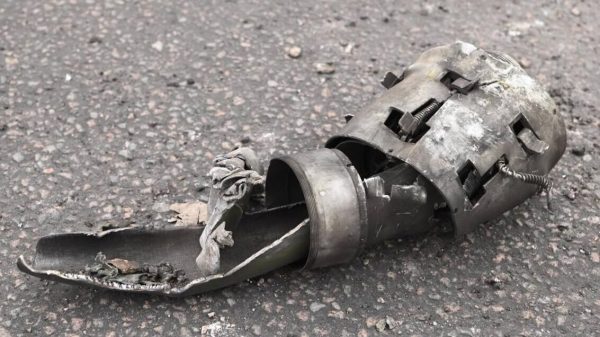
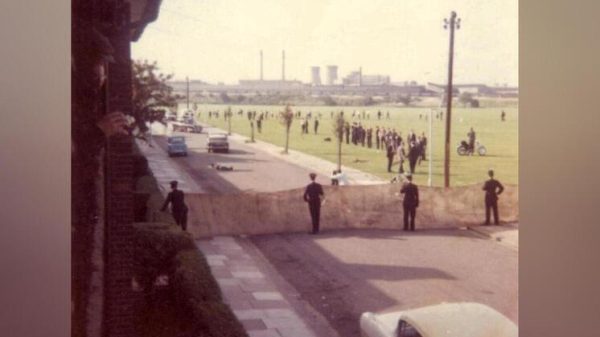






















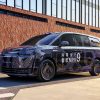

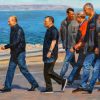

















Свежие комментарии